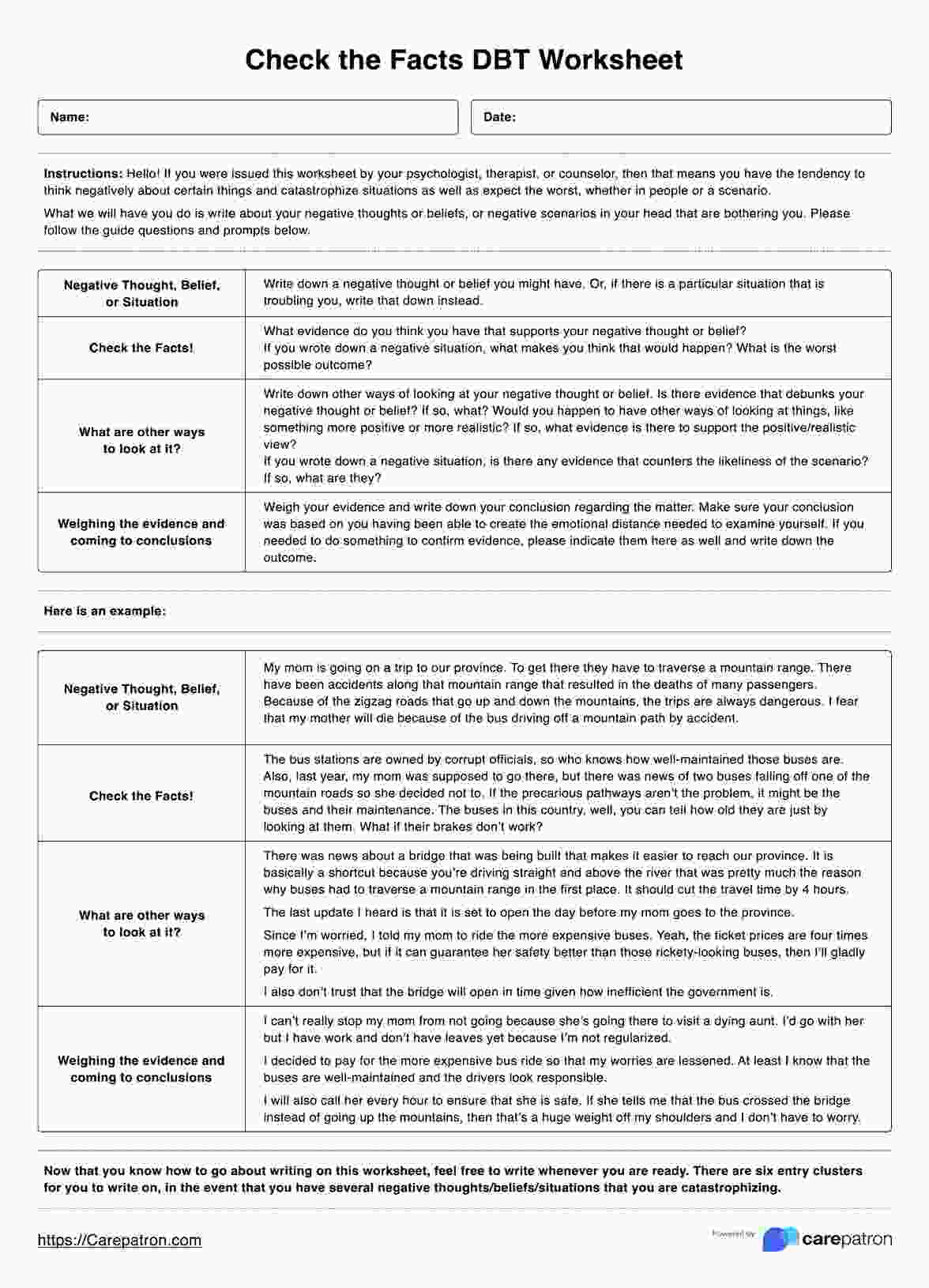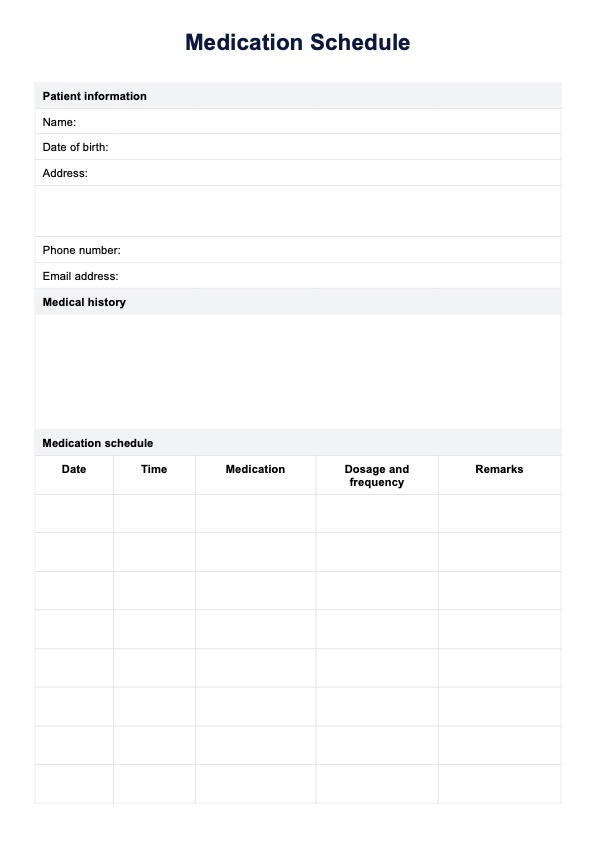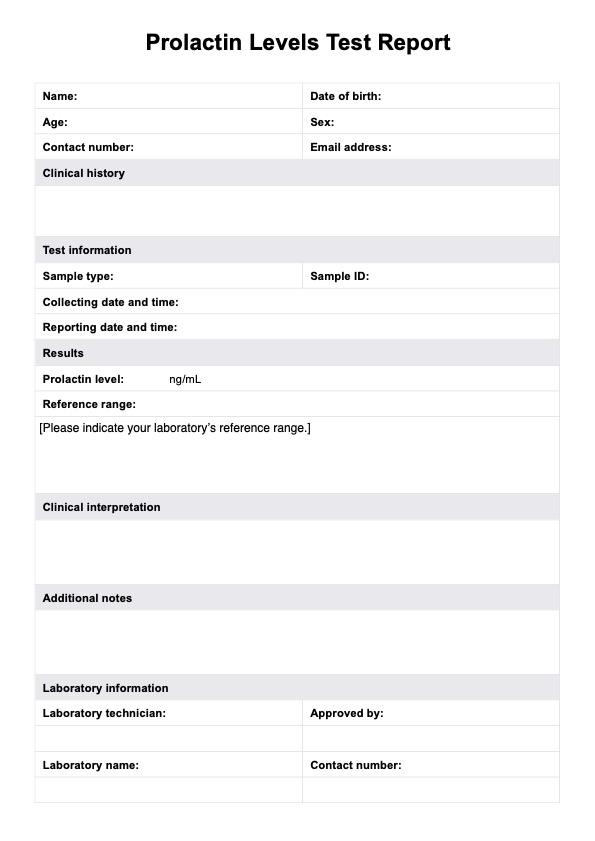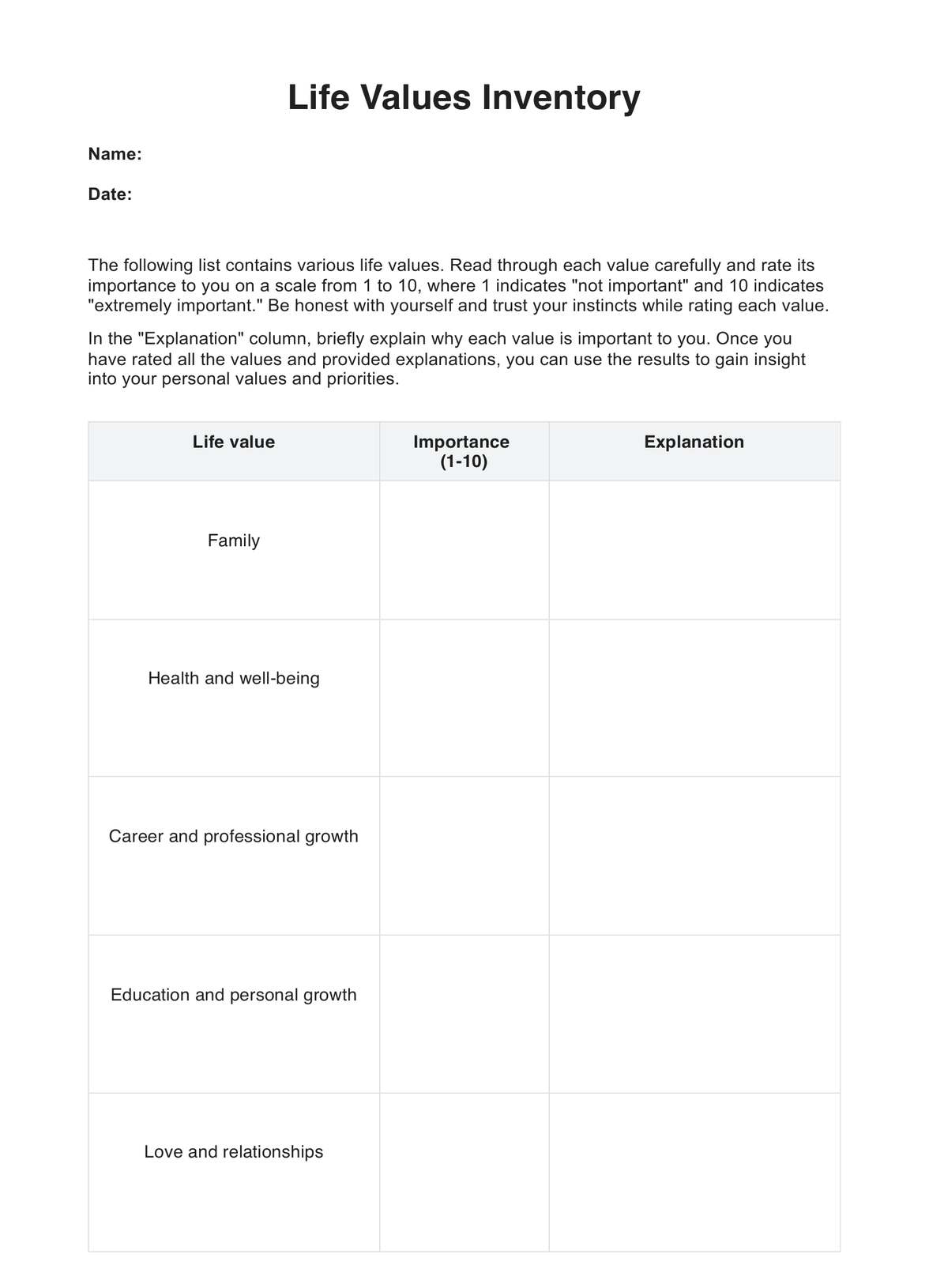Autism Women Test
Discovering the nuances: A guide to female autism screening—unveiling unique traits, challenges, and tailored approaches for accurate assessments.


Understanding autism spectrum disorder
Autism Spectrum Disorder (ASD) is a complex neurodevelopmental condition that affects individuals across a broad spectrum, leading to diverse strengths and challenges in various areas of life. Here is an overview to enhance understanding:
Core characteristics of ASD
Social and communication challenges:
- Individuals with ASD often experience difficulties in social interactions and communication. This can manifest as challenges in understanding and using verbal and nonverbal cues, such as facial expressions and gestures.
Repetitive behaviors and interests:
- Common traits include repetitive behaviors, routines, and intense focus on specific interests. This may consist of repetitive movements, adherence to routines, and a strong preference for particular topics or activities.
Sensory sensitivities:
- Many individuals with ASD have heightened sensitivities or, conversely, reduced sensitivity to sensory stimuli. This can involve light, sound, touch, taste, or smell sensitivity.
Spectrum variability
Diversity of presentation:
- ASD is a spectrum, meaning that individuals can present with a wide range of abilities and challenges. Some individuals may have exceptional skills in certain areas, such as mathematics or art while facing significant difficulties in others.
Individualized experiences:
- Each person with ASD is unique, and there is no one-size-fits-all description. Understanding and supporting individuals with ASD requires recognizing and respecting their strengths, challenges, and preferences.
Diagnosis and early intervention
Early identification:
- Early diagnosis and intervention play a crucial role in supporting individuals with ASD. Recognition of developmental differences in early childhood enables timely interventions to enhance communication, social skills, and adaptive behaviors.
Multidisciplinary approach:
- Diagnosis involves a comprehensive assessment by professionals, including psychologists, developmental pediatricians, and speech therapists. A multidisciplinary approach ensures a thorough understanding of an individual's strengths and challenges.
Support strategies
Individualized education plans (IEPs):
- In educational settings, individualized plans are created to accommodate the unique learning styles and needs of students with ASD. Tailored interventions, accommodations, and support services aim to facilitate academic and social success.
Therapeutic interventions:
- Behavioral therapy, speech therapy, and occupational therapy are commonly utilized interventions. These therapies focus on improving social skills, communication, and adaptive behaviors.
Advocacy and acceptance
Promoting inclusion:
- Advocacy for inclusion and acceptance is vital. Creating environments that embrace neurodiversity fosters a sense of belonging and enhances the well-being of individuals with ASD.
Ongoing learning:
- Continuous learning about ASD helps dispel myths and misconceptions. Education and awareness contribute to creating supportive communities that celebrate the unique strengths of individuals with ASD.
Understanding ASD involves recognizing the diversity within the spectrum and promoting an inclusive and supportive society that values and respects the contributions of every individual.
Autism Women Test Template
Autism Women Test Example
Signs of autism in women
Autism Spectrum Disorder (ASD) is often stereotypically associated with males, but it can manifest differently in women. Recognizing the signs of autism in women is crucial for early intervention and support. While each individual is unique, some common signs include:
Social challenges
- Difficulty with Social Cues: Women with ASD may find it challenging to interpret and respond to social cues, leading to problems in forming and maintaining friendships.
Communication differences
- Echolalia: Some women with ASD may repeat words or phrases, especially when stressed or anxious.
- Difficulty with subtle communication: Challenges in understanding and using subtle forms of communication, such as sarcasm or implied meanings.
Sensory sensitivities
- Hyper or hypo-sensitivity: Heightened or reduced sensitivity to sensory stimuli, such as lights, sounds, textures, or smells. This can impact daily functioning and comfort.
Repetitive behaviors
- Special interests: Women with ASD may develop intense interests in specific topics, often to a level of expertise.
- Routine and repetition: A strong preference for routines and repetitive behaviors, which can provide comfort and stability.
Social masking
- Camouflaging behaviors: Some women with ASD may develop social "camouflaging" strategies to fit in, which can be mentally exhausting and may contribute to delayed diagnosis.
Emotional challenges
- Difficulty expressing emotions: Challenges in speaking and understanding emotions can impact relationships.
- High anxiety: Increased likelihood of experiencing anxiety, depression, or other mental health challenges.
Difficulty with transitions
- Adapting to change: Difficulty adjusting to changes in routine or unexpected transitions.
Specialized abilities
- Talents and strengths: Like their male counterparts, women with ASD often possess unique talents and strengths, such as exceptional attention to detail or heightened creativity.
Difficulty with social hierarchies
- Navigating social structures: Challenges in understanding and navigating social hierarchies, leading to feelings of isolation or exclusion.
Masking and mimicking
- Copying social behaviors: Women with ASD may mimic or copy the social behaviors of those around them to fit in.
Late diagnosis
- Delayed recognition: Due to differences in how autism presents in women and societal expectations, there may be a delay in recognizing and diagnosing ASD.
It's important to note that these signs are generalizations, and not every woman with ASD will exhibit all or even most of these characteristics. Additionally, the presentation of ASD can evolve. Early identification and understanding of these signs can contribute to better support, intervention, and overall well-being for autistic women. Seeking professional assessment and diagnosis is essential for tailored support.
How does this test work?
Step One: Gather your resources
Autism Women Tests are a valuable resource and essential to keep on hand. Make sure that you have a copy of the free printable PDF when the need arises by either clicking the "Download Template" or "Use Template" button or by searching "Autism Women Test" on Carepatron's template library's search bar on the website or app.
Step Two: Collate essential information
Review the checklist and relevant sections with the patient to see if an official diagnosis and screening are required. This is a fantastic tool for highlighting potential symptoms but cannot be used to diagnose ASD. Once all sections have been completed, discuss the results with the patient and create an appropriate plan to meet any needs or plan for further assessment.
Step Three: Store the chart securely
After reviewing the document and creating a viable and individualized plan for the patient, you need to secure the document so that access is only granted to relevant parties.
Ensure this through Carepatrons HIPAA-compliant free patient records software. All relevant medical records can be safely stored and collated for ease and security.
Benefits of this assessment
Increased awareness
Recognition of female presentation: A specific female autism test contributes to increased awareness of the unique ways autism can manifest in women, promoting better understanding and identification.
Early intervention
Timely support: A female-specific test facilitates early identification and intervention, leading to timely support and resources that can positively impact developmental outcomes.
Tailored assessment
Gender-sensitive criteria: A test designed for females considers gender-specific criteria, ensuring that the assessment captures the nuances of autism presentation in women more accurately.
Reduced misdiagnosis
Avoidance of Masking Misinterpretation: Girls and women with autism often engage in social masking, imitating neurotypical behaviors to fit in. A female-specific test can help avoid misinterpretations and reduce the likelihood of misdiagnosis.
Improved research
Advancement of knowledge: Specific tests contribute to a more nuanced understanding of autism across genders, facilitating research and the development of targeted interventions.
Limitations of this assessment
Spectrum variability
Individual differences: Autism is a spectrum disorder, and individuals, regardless of gender, can vary widely in their presentation. A female-specific test may not capture the full diversity within the female autism spectrum.
Overgeneralization
Risk of stereotyping: Designing a test specifically for females may inadvertently lead to stereotyping and overgeneralization, potentially excluding those who do not fit into predefined categories.
Cultural and ethnic variations
Lack of cultural sensitivity: Tests may not adequately consider cultural and ethnic variations, potentially leading to biased results or overlooking certain cultural expressions of autism.
Dynamic presentation
Changing symptoms over time: Autism symptoms can evolve, and a female-specific test might not account for the dynamic nature of the disorder, especially in adolescence and adulthood.
Comorbidity challenges
Overlap with other conditions: Autism often coexists with other conditions, such as anxiety or depression. A female-specific test may face challenges in distinguishing between autism-related behaviors and those associated with comorbidities.
Limited availability
Accessibility challenges: Specific tests may not be widely available, limiting accessibility and leading to disparities in diagnosis and support.
Dependency on self-report
Reliance on self-reported information: Some tests rely on self-reporting, which can be influenced by an individual's awareness and willingness to disclose symptoms, potentially leading to biased results.
Evolution of understanding
Ongoing understanding: The field of autism research is continuously evolving, and specific tests may need regular updates to align with advancements in our understanding of autism spectrum disorders.
Research and evidence
Autism is a neurodevelopmental condition characterized by persistent challenges in social interaction, communication, and repetitive behaviors from an early age, as defined by the Diagnostic and Statistical Manual of Mental Disorders-5th edition (American. Psychiatric Association, 2013)
A noteworthy aspect of autism is the traditionally reported high male-to-female ratio, often cited at 4–5:1, varying across the spectrum. Recent epidemiological studies challenge these ratios, suggesting under-diagnosis in females, especially when using active case ascertainment methods, with ratios as low as 2.5:1 (Kim et al., 2011). Methodologically rigorous studies propose a likely ratio of 3:1, indicating a potential underestimation of female autism prevalence (Loomes et al., 2017).
Possible reasons for underdiagnosis in females include the use of predominantly male samples in research, leading to a biased understanding of autism's full spectrum. Gender biases in ascertainment methods and stereotypes depicting autism as a male condition contribute to this underestimation (Lai et al., 2015). Behavioral differences, such as more sensory symptoms and fewer socio-communication difficulties in autistic females, further complicate diagnosis. Additionally, females may engage in camouflaging behaviors, consciously mimicking neurotypical behaviors, possibly contributing to underdiagnosis (Gould & Ashton-Smith, 2011).
Research with parents highlights sex-specific challenges for autistic girls, including difficulties in developing and maintaining relationships with neurotypical peers, masking behaviors, and coping with puberty and sexual vulnerability (Cridland et al., 2013).
Overall, these findings emphasize the importance of recognizing and understanding the unique experiences of females with autism to improve diagnosis and support, addressing potential adverse effects on mental health and well-being.
References
American. Psychiatric Association. (2013). Diagnostic and statistical manual of mental disorders (DSM-5®. American Psychiatric Association.
Cridland, E. K., Jones, S. C., Caputi, P., & Magee, C. A. (2013). Being a Girl in a Boys' World: Investigating the Experiences of Girls with Autism Spectrum Disorders During Adolescence. Journal of Autism and Developmental Disorders, 44(6), 1261–1274. https://doi.org/10.1007/s10803-013-1985-6
Gould, J., & Ashton-Smith, J. (2011). Missed diagnosis or misdiagnosis? Girls and women on the autism spectrum. Good Autism Practice (GAP), 12(1), 34–41.
Kim, Y. S., Leventhal, B. L., Koh, Y.-J., Fombonne, E., Laska, E., Lim, E.-C., Cheon, K.-A., Kim, S.-J., Kim, Y.-K., Lee, H., Song, D.-H., & Grinker, R. R. (2011). Prevalence of Autism Spectrum Disorders in a Total Population Sample. American Journal of Psychiatry, 168(9), 904–912. https://doi.org/10.1176/appi.ajp.2011.10101532
Lai, M.-C., Lombardo, M. V., Auyeung, B., Chakrabarti, B., & Baron-Cohen, S. (2015). Sex/Gender Differences and Autism: Setting the Scene for Future Research. Journal of the American Academy of Child & Adolescent Psychiatry, 54(1), 11–24. https://doi.org/10.1016/j.jaac.2014.10.003
Loomes, R., Hull, L., & Mandy, W. P. L. (2017). What Is the Male-to-Female Ratio in Autism Spectrum Disorder? A Systematic Review and Meta-Analysis. Journal of the American Academy of Child & Adolescent Psychiatry, 56(6), 466–474.
Commonly asked questions
This question reflects concerns about the potential gender bias in traditional autism assessment tools, which were initially developed based on the male presentation of autism. There is a growing awareness that females with autism may exhibit different characteristics, and there is ongoing research to improve the sensitivity of assessment tools for females.
Many people are interested in understanding the nuanced presentation of autism in females. Females with autism may show social and communication challenges, as well as repetitive behaviors, but these might manifest differently from the more stereotypical male presentation. For instance, females may develop coping mechanisms that mask certain traits, making it challenging to recognize autism in them.
This question addresses the concept of masking, where individuals, particularly females, may consciously or unconsciously adopt social behaviors to hide or compensate for their autistic traits. As a result, standard autism assessments may overlook specific characteristics in females, leading to underdiagnosis or delayed diagnosis. Understanding the impact of masking behaviors is crucial for improving the accuracy of autism assessments in females.


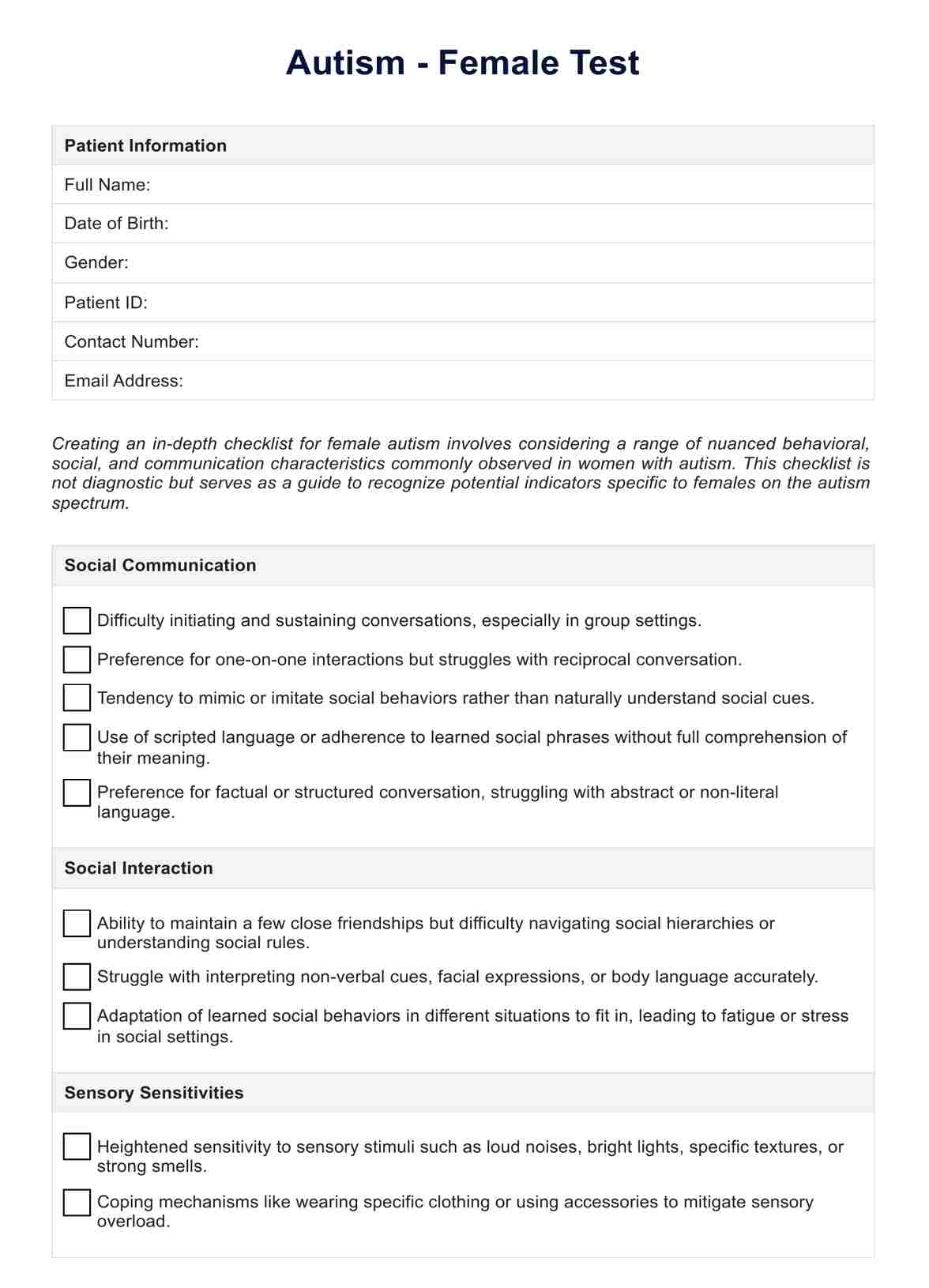
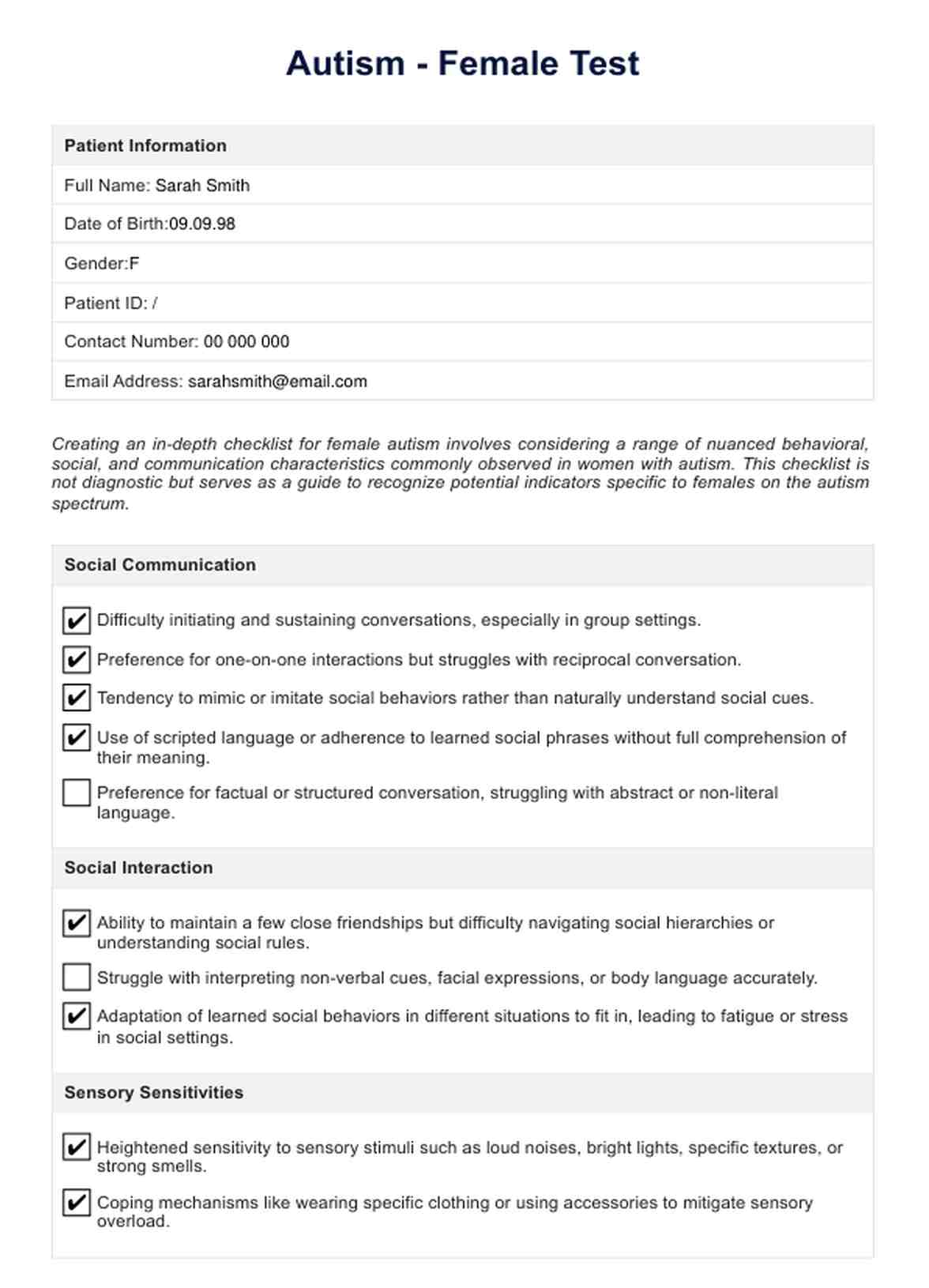

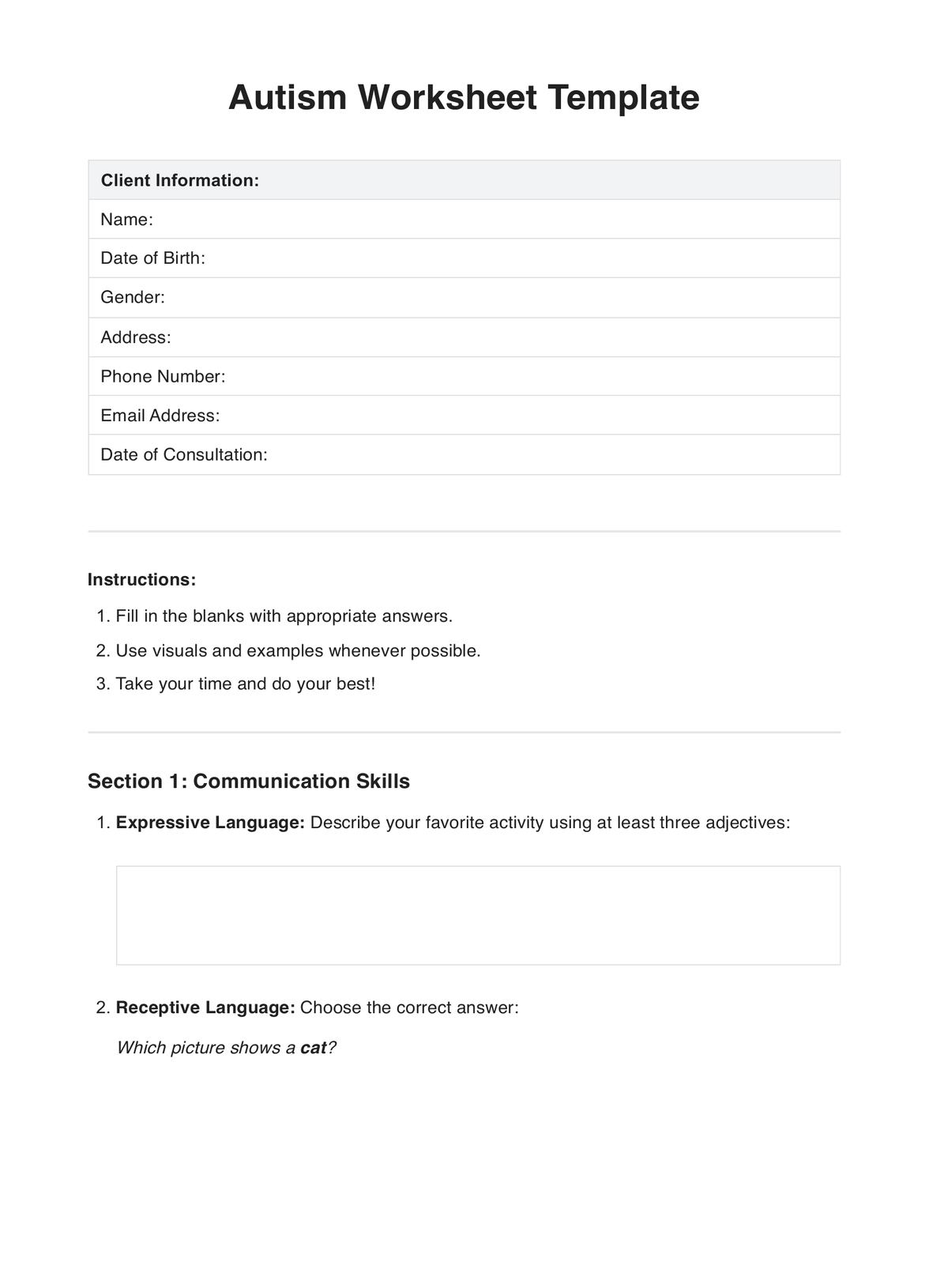
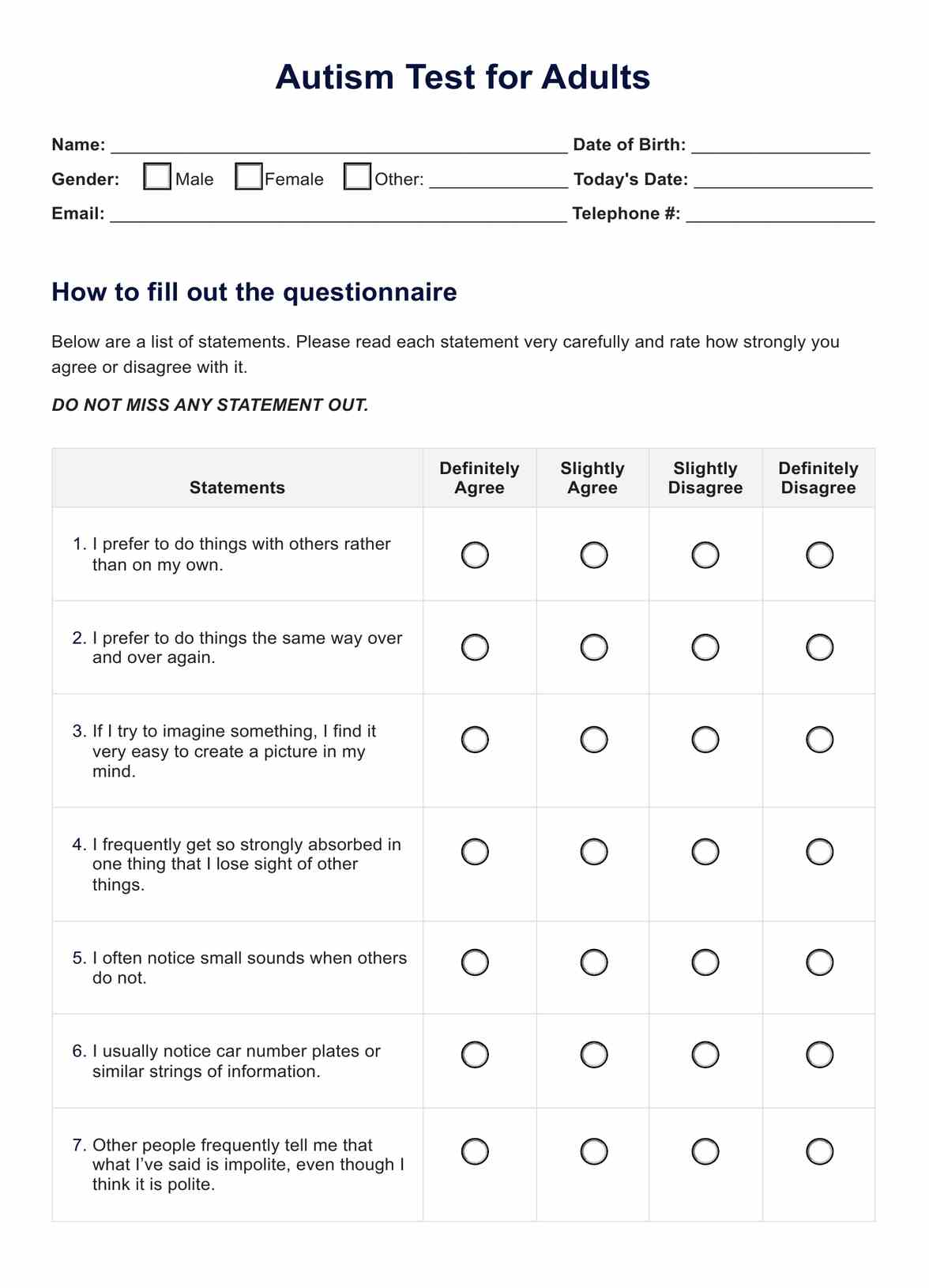

















-template.jpg)

















































































